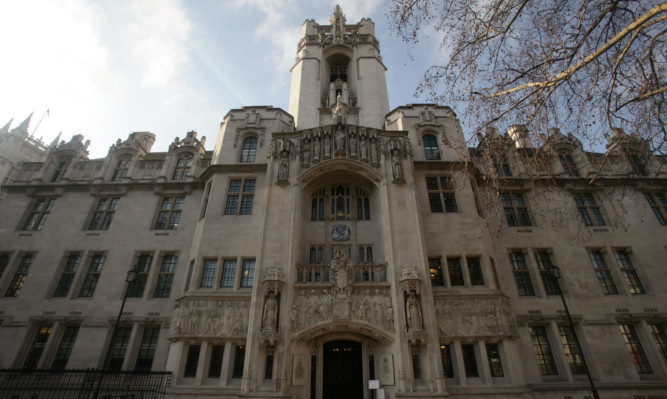A St Andrews pensioner’s David v Goliath struggle to protect her beloved home town from a “tsunami” of development will be heard by the UK Supreme Court in London next week.
Veteran campaigner Penny Uprichard failed twice to convince Scottish judges in the Court of Session in Edinburgh they should stop Scottish Government-approved plans to allow builders to increase the size of St Andrews by up to one-quarter.
Now judges at the Supreme Court will decide whether the proposals for a minimum of 1,000 houses, a business and science parks and a distributor road on the western edge of St Andrews should be thrown out despite being granted permission as part of Fife Council’s 20-year planning blueprint.
If she loses, Miss Uprichard could face considerable financial difficulties.
She is already facing a legal bill of £173,000 for her action and subsequent appeal, both of which were thrown out in Edinburgh. This bill, and more, could still have to be paid.
However, the Supreme Court allowed her to raise the substantive issues of the development as well as costs.
And last year Miss Uprichard made legal history when the Supreme Court confirmed that she was being awarded a Protective Costs Order for the Supreme Court part of her case of £6,000.
This means that, if she loses, the other parties Fife Council and the Scottish Government can only claim £3,000 each.
It compares with the first two Protective Expenses Orders in Scotland, which limited costs to £40,000 and £30,000 respectively, which Miss Uprichard says made legal action “impossible for most people.”
Miss Uprichard claims the Scottish Government’s approval of Fife Council’s structure plan in May 2009 had misrepresented the Alison Grant Study commissioned and published by Fife Council in 2003 that found there was room for limited expansion to the west of the town, on 55 acres.
She argued the development would instead need 242 acres and that not enough weight was given to the massive number of objections from the public or to the environmental arguments against the proposal.
